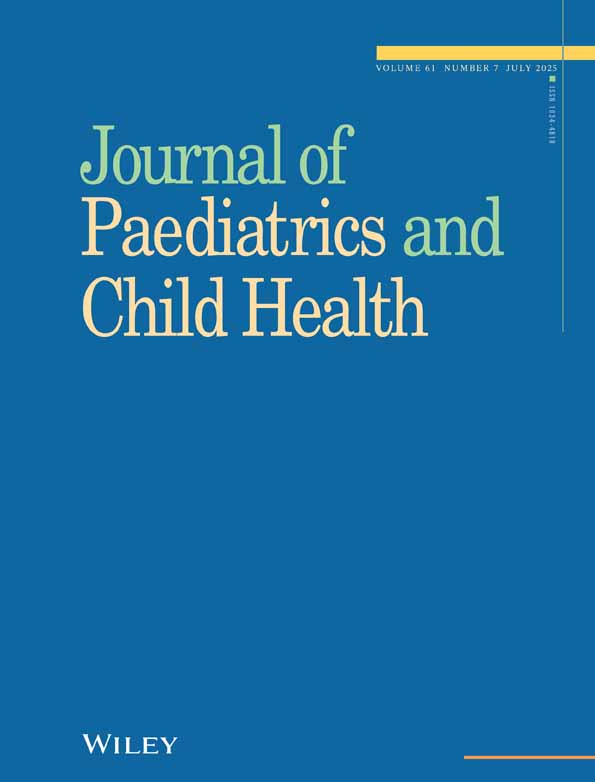A randomized, controlled trial of nurse home visiting to vulnerable families with newborns
Abstract
Objective: This project aimed to evaluate the impact of a home visiting programme that targeted families where the child, for environmental reasons, was at great risk of poor health and developmental outcomes.
Methodology: Women in the immediate postpartum period were recruited to a randomized double-blind controlled trial on the basis of self-reported vulnerability factors and were randomly assigned to receive either a structured programme of nurse home visiting, supported by a social worker and paediatrician (n = 90), or assigned to a comparison group receiving standard community child health services (n = 91). Parenting stress and maternal depression were measured at enrolment and at 6 weeks. Preventive health behaviour, service satisfaction and home environment outcomes were tested at 6 weeks, as were child health outcomes.
Results: At six weeks, women receiving the home-based programme had significant reductions in postnatal depression screening scores as well as improvements in their experience of the parental role and improvement in the ability to maintain their own identity. Maternal–infant interactions were more likely to be positive, with significantly higher (better) scores in aspects of the home environment related to optimal development in children, particularly maternal–infant secure attachment. Intervention group mothers were significantly more satisfied with the community child health service.
Conclusions: This form of intervention for families is effective in promoting secure maternal–infant attachment, preventing maternal mood disorder and is welcomed by the families receiving it. These findings may predict long-term benefits for the healthy development of children otherwise at risk of a range of poor health and development outcomes.




